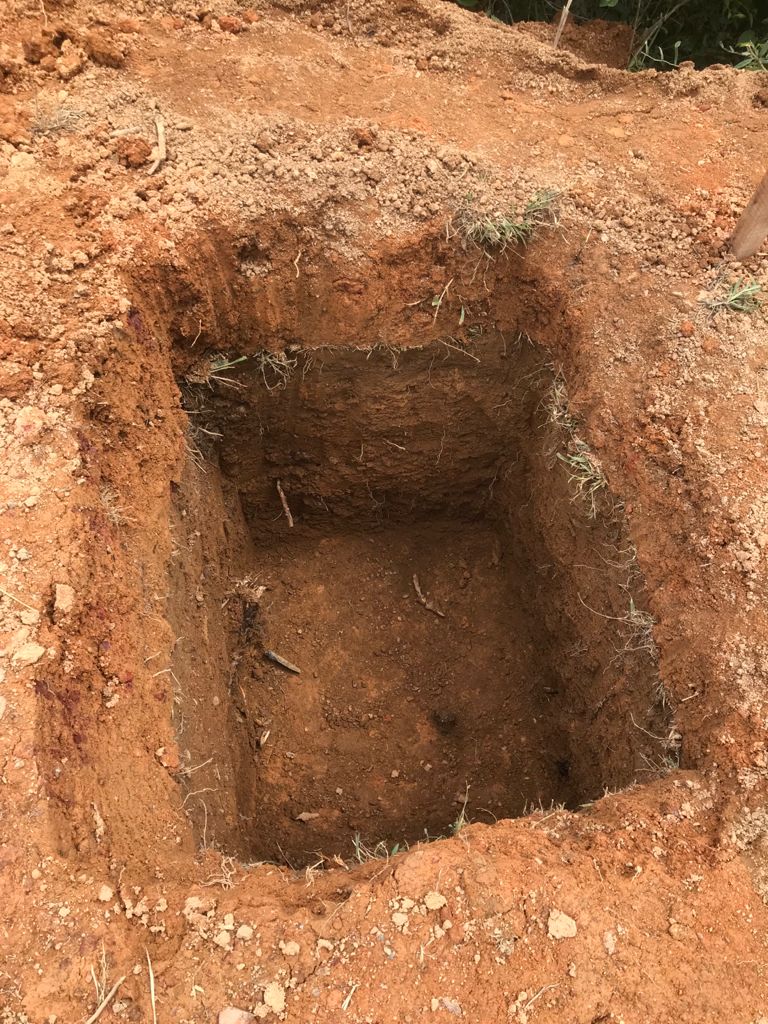When planning and building shallow foundations, it is very important to know how to determine the depth of the foundation. A geotechnical survey or soil investigation report can provide recommendations for foundation design and construction.
However, the planner must know what facts you used to calculate or evaluate the depth of the foundation. This can also apply to other types of foundations. The excavation depth for combined foundations, strip foundations, strip foundations, slab foundations, etc. can also be determined using this method.
Factors Affecting the Depth of the Foundation or Foundation
We can list some of the factors that need to be considered when determining the depth of the foundation. We may know how to determine the depth of the foundation, but it is also worth considering the following factors.
- Place the foundation on a floor with sufficient load-bearing capacity
Foundations must be built on soil with sufficient bearing capacity. This is determined by geotechnical investigation. However, you can use your experience and judgment in planning and construction to accurately assess site conditions.
- Avoid foundation settlement
The foundation should not be built on the foundation that… populated . Settlement may be due to weak soil conditions such as: B. Soils with low bearing capacity, compressible soils such as peat, etc. The designer must ensure that the required conditions are met during construction. Furthermore, necessary measures must be taken for Differential Settlement and Consolidation Agreements if such a risk exists.
- Avoid construction work on loose or disturbed ground
When determining the depth of the foundation, it is very important to take soil conditions into account. The depth of the foundations is strongly influenced by these parameters. If the soil is loose or disturbed during excavation, excessive settlement may occur.
- Groundwater levels could be avoided
Whenever possible, when constructing foundations, the water table can be avoided from being close to the earth's surface. When building foundations, a water table close to the earth's surface cannot be avoided. However, if it is possible, it should be done. If we find the water table, this could affect the bearing capacity of the soil, cause additional costs for works, etc.
- Soil free of organic matter
The soil must be free of organic matter. These in the ground can cause the foundation to settle. The deterioration of these materials over time can lead to voids in the ground and settlement of the foundation. Therefore, when determining the depth of the foundation, we must ensure that we reach a sufficient depth.


How to determine the minimum depth of a foundation
It is very important to calculate the minimum foundation depth. How do you calculate foundation depth?
Let's discuss.
Depth calculation can be done using the Rankine formula. This is the most commonly used equation to calculate foundation depth.
The following equation is the Rankine formula.
D = P/γ ((1-sinθ)/(1+sinθ)) 2
Where
D – foundation depth
P – applied pressure or permitted bearing capacity of the soil
γ – soil density
θ – angle of repose
P – is the applied pressure or permitted load capacity. If we know the pressure exerted by the foundation on the ground, we can use it to calculate the depth of the foundation. Otherwise, the permitted load capacity may be used, as we do not allow the limit usable pressure to exceed the permitted load capacity.
θ – Angle of Repose – the steepest angle at which an inclined surface of loose material is stable. This depends on the soil used.
How to calculate the minimum foundation depth
Data
Permissible load capacity = 150 kN/m 2
Soil density = 18 kN/m 3
θ = angle of repose = 30 0
D = P/γ ((1-sinθ)/(1+sinθ)) 2 = 150/18 ((1-sin30)/(1+sin30)) 2 = 0.926m
discussion
The depth of the foundation is now 0.926 m. This is the minimum excavation depth for the foundation at a ground pressure of 150 kN/m. two . If this pressure is exerted by a structure, we need to excavate about 925mm. If we build foundations and apply this pressure, we can achieve a foundation depth of around 900 mm.
We must also keep in mind that there are other factors to consider when determining the correct depth of the foundation. Therefore, the depth of the foundation must be determined taking into account all factors.
Related articles for foundations
- Foundation failure
- support
- Eccentrically loaded foundations
- Shallow foundation failure
- How to determine the type of foundation
- Excavation for foundation
- Foundation waterproofing
- Laying shallow foundations
- Slab foundations
- Differential settlement of foundations
- What is the basis

